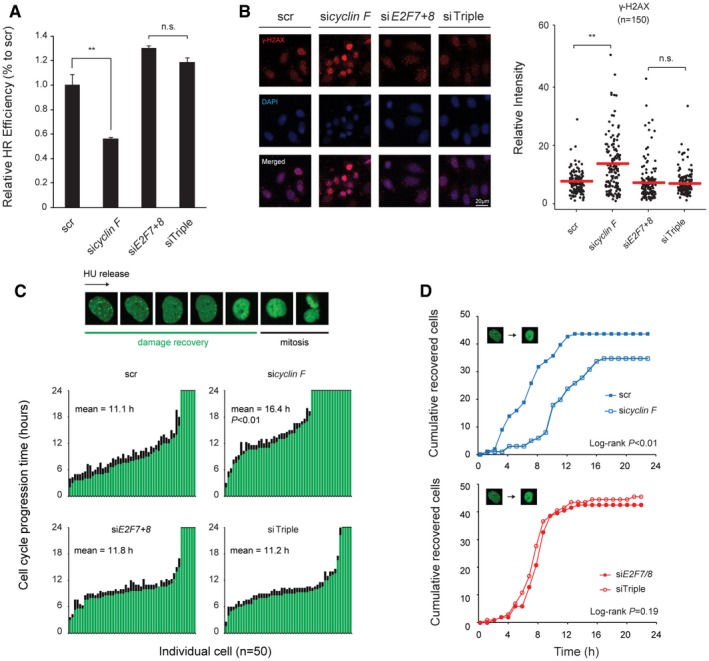Figure 7. Degradation of atypical E2Fs maintains DNA damage repair.

- Loss of cyclin F induced E2F7/8‐dependent homologous recombination deficiency. HeLa cells that were stably transformed with pDR‐GFP were transfected with siRNA as indicated. Forty‐eight hours after the initial transfection, cells were harvested for flow cytometry. GFP‐positive cells were gated (Fig EV5A). Relative HR efficiency was adjusted to the scramble siRNA condition. Data represent averages ± SEM (n = 3); **P < 0.01 (Student's t‐test). n.s.: not significant.
- Loss of cyclin F induced E2F7/8‐dependent γ‐H2AX accumulation. HeLa cells were transfected with the indicated siRNA for 24 h and then treated with nocodazole for 16 h before fixation for immunofluorescence staining of γ‐H2AX. DAPI was used to stain the cell nucleus. Relative intensity of γ‐H2AX was quantified by ImageJ software, and 150 cells were quantified for each condition. Red bars represent averages; **P < 0.01 (Student's t‐test). n.s.: not significant. Scale bar 20 μm.
- Loss of cyclin F increased DNA damage recovery time before cell division. RPE cells integrated with the 53BP1 construct were transfected with the indicated siRNA for 24 h and then treated with HU for 16 h. At the beginning of the imaging, only the single cells with at least one 53BP1 focus were traced, till the time frame that no 53BP1 foci were observed. The mitotic progression of the cells was defined as the duration from damage recovery to cell division. Histogram shows the damage recovery time (green) and the mitotic progression (black) of 50 cells for each condition. Chi‐square analysis was performed to test the statistical significance (P < 0.01).
- Knockdown of cyclin F caused a delay in DNA lesion recovery that is dependent on E2F7/8. The cumulative curves represent the add‐up number of cells that overcome the DNA damage lesions, for a time frame of 24 h. For each condition, 50 cells were quantified. Log‐rank tests were performed to analyze the statistical significance.
